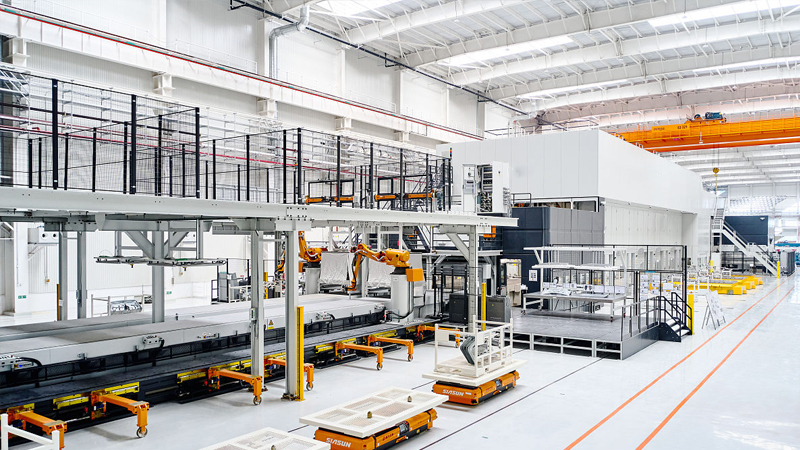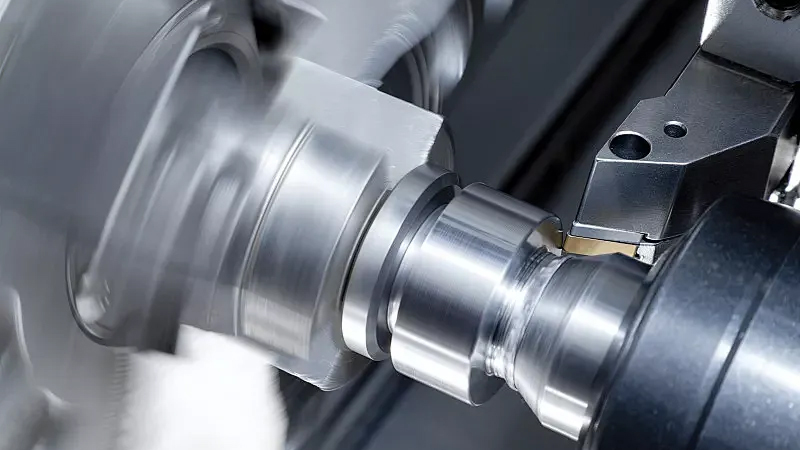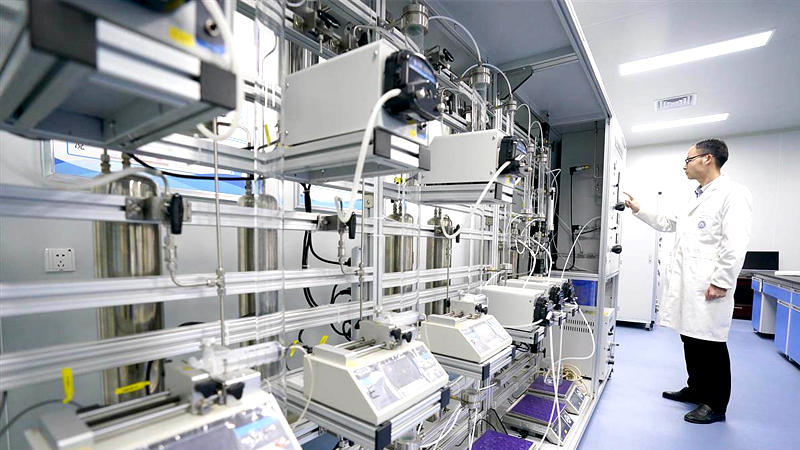Related Products
What are the main processes of precision machining?
First, CNC precision machining sequence
When the mold is large and deep, the rough machining and semi-finishing before quenching are soft machining, and the finishing after quenching is hard machining; small, shallow molds can be milled at one time after quenching. If the mold wall is thin and the cavity is deep, electrical machining is used.
If the cavity has a large and flat bottom surface, use the integrated milling cutter for rough machining, and then use a round nose milling cutter to clear the corners. The integrated milling cutter has a good cutting force and heat dissipation effect. The round nose milling cutter is faster than the flat-bottom cutter in processing the parts that need to be cleaned, and it is not easy to chip
Second, the choice of nc precision machining tools
When CNC precision machining hardened molds, the correct choice of milling cutter is very important. Generally, tools with high rigidity body design, high temperature resistance, wear-resistant coating, and superhard materials are the first choice. The high-speed and high-hardness H series launched by Zhongshan Ailang Precision Tools realizes high-speed and high-hardness processing below HRC70 . In addition, the rigidity of the tool is very important. In order to increase the rigidity of the small-diameter milling cutter, the diameter of the tool holder is made much larger than the tool diameter to improve the processing finish and extend the tool life; the overhang length of the tool clamping should be as short as possible. On the other hand, choose new coatings to enable the tool to withstand higher cutting temperatures. For example, Tisin and Cygnus-X coatings can withstand acidification temperature of 1300℃, surface hardness of Hv3700, and coating thickness of 4um. Therefore, they are more suitable for high-speed cutting. And hardening and quenching mold processing
Three, cnc precision machining tool holder selection and tool clamping
The knife handle should have dynamic balance or choose a sintered knife handle, and the shape of the knife handle should adapt to the structure of the mold. Generally, a half-degree gap between the milling cutter and the side of the workpiece should be maintained. For example, the side of the workpiece is a 3° bevel, and the shape of the tool holder is made 5/2 to obtain the maximum rigidity. If the side of the workpiece is a 90° straight face, the tool holder should adopt a narrow neck structure.
Clamping milling cutters is very important, which involves factors such as the tolerance of the tool holder, the fit between the tool holder and the tool holder, and the radial jump after installation. For this reason, the manufacturing tolerance of the tool holder should be -0.0025mm to -0.005mm, or the shrinkage clamp should be used to clamp the tool.
Fourth, the choice of nc precision machining machine tools and the main points of NC programming
Only a machine with good rigidity and high precision can achieve good results. When programming high-hardness molds, the path that the tool cuts into the mold should adopt spiral interpolation, so that the cutting process is relatively stable. When cutting from the side or spiral cannot be used, diagonal cutting should be used to avoid axial cutting. The programming also determines the size of the radial pass and the depth of cut.








